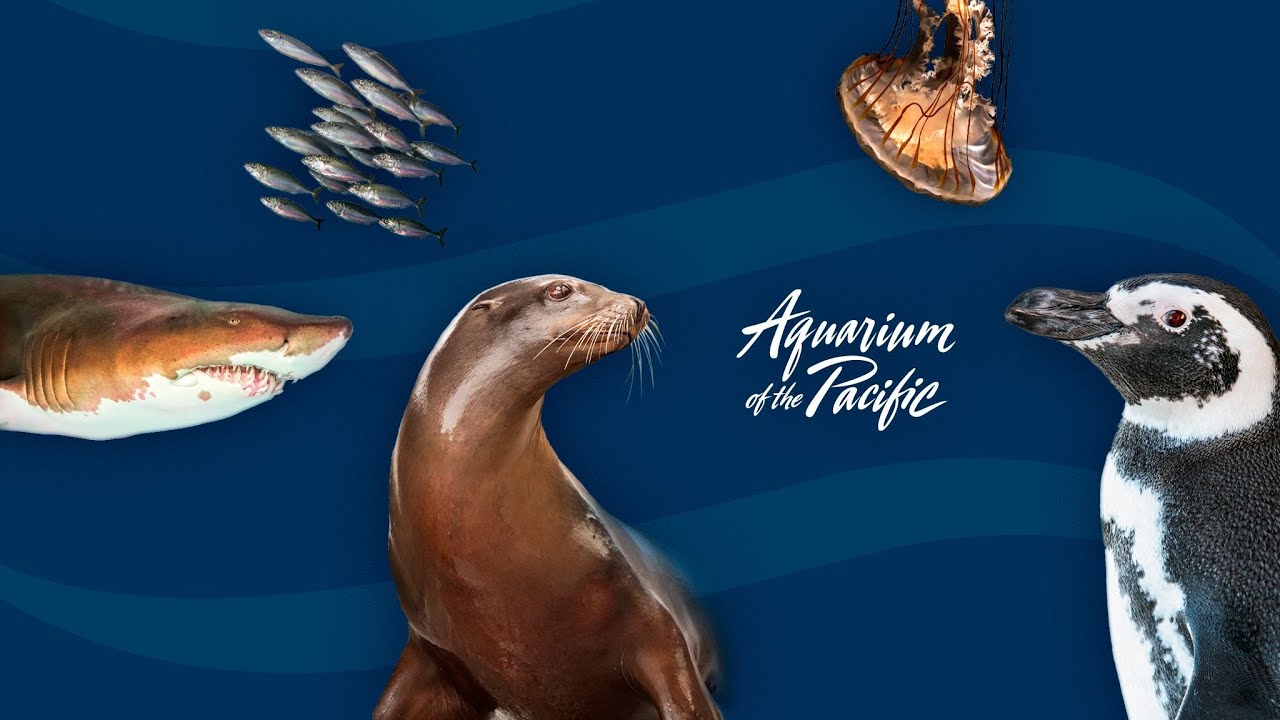– The evolutionary significance and adaptability of boneless species in diverse ecosystems
– Strategies for the conservation and management of boneless animals within zoos and wildlife reserves
– The role of public education in promoting the preservation of boneless species
– Innovative research and technology aiding in the study and conservation of boneless animals
Evolutionary adaptation has led to a fascinating diversity of life forms, among which boneless species hold a special place. These organisms, lacking the rigid skeletal structure found in vertebrates, have evolved various other mechanisms for support and movement, showcasing the incredible versatility of life. This article explores the intricacies of boneless animals, their significance in ecosystems, and the concerted efforts in conservation and public education necessary to ensure their survival.
Boneless species, such as cephalopods (octopuses, squids), annelids (earthworms), and cnidarians (jellyfish), have developed unique evolutionary features that allow them to thrive in various environments. For example, many cephalopods possess highly developed nervous systems and complex behaviors, including changing color and texture for camouflage and communication. Their boneless structure has also enabled them to develop propulsion methods for swift movement through water. The adaptability of these species is not only a testament to the power of evolutionary processes but also highlights the critical roles they play in their respective ecosystems, from serving as key predators to being an essential part of the food web.
Conservation and management of boneless animals, particularly within zoos and wildlife reserves, present both challenges and opportunities. The absence of bones in these species often requires specialized care and habitats that mimic their natural environments as closely as possible. For instance, maintaining the proper water conditions for aquatic boneless species, such as salinity, temperature, and cleanliness, is vital for their health and well-being. Moreover, breeding programs for endangered boneless species necessitate precise knowledge of their reproductive behaviors and environmental needs. Zoos and wildlife reserves play a crucial role in this regard by facilitating research, breeding, and rehabilitation programs aimed at boosting the populations of at-risk species.
Public education is a cornerstone of conservation efforts. By informing the public about the importance of boneless species and the threats they face, such as habitat destruction, pollution, and climate change, conservation organizations can foster a sense of stewardship in individuals. Interactive exhibits, educational programs, and media campaigns about “No Bones, No Problem” serve to demystify these often-overlooked creatures, highlighting their beauty, ecological roles, and the urgent need for their conservation. Engaging the public in citizen science projects, such as beach cleanups or data collection, further reinforces the connection between individuals and the natural world, encouraging proactive conservation actions.
Innovative research and technology have opened new frontiers in the study and conservation of boneless animals. Advances in genetics, for example, have allowed scientists to unravel the complex evolutionary histories of these species, providing insights into their adaptability and resilience. Remote sensing and tracking technologies have also enhanced our ability to monitor boneless animal populations in the wild, assessing their movements, behaviors, and responses to environmental changes. This wealth of information is crucial for developing effective conservation strategies and management practices that can mitigate the impacts of human activities on these species.
The conservation and appreciation of boneless species—a fascinating and integral part of our natural heritage—require ongoing effort, research, and public engagement. Understanding the evolutionary significance of these animals, along with the challenges they face, underscores the importance of their preservation. Through the combined efforts of zoos, wildlife reserves, researchers, and the public, the protection of boneless species can be a tangible goal, exemplifying a commitment to the stewardship of our planet’s incredible biodiversity.
*****
Source Description

